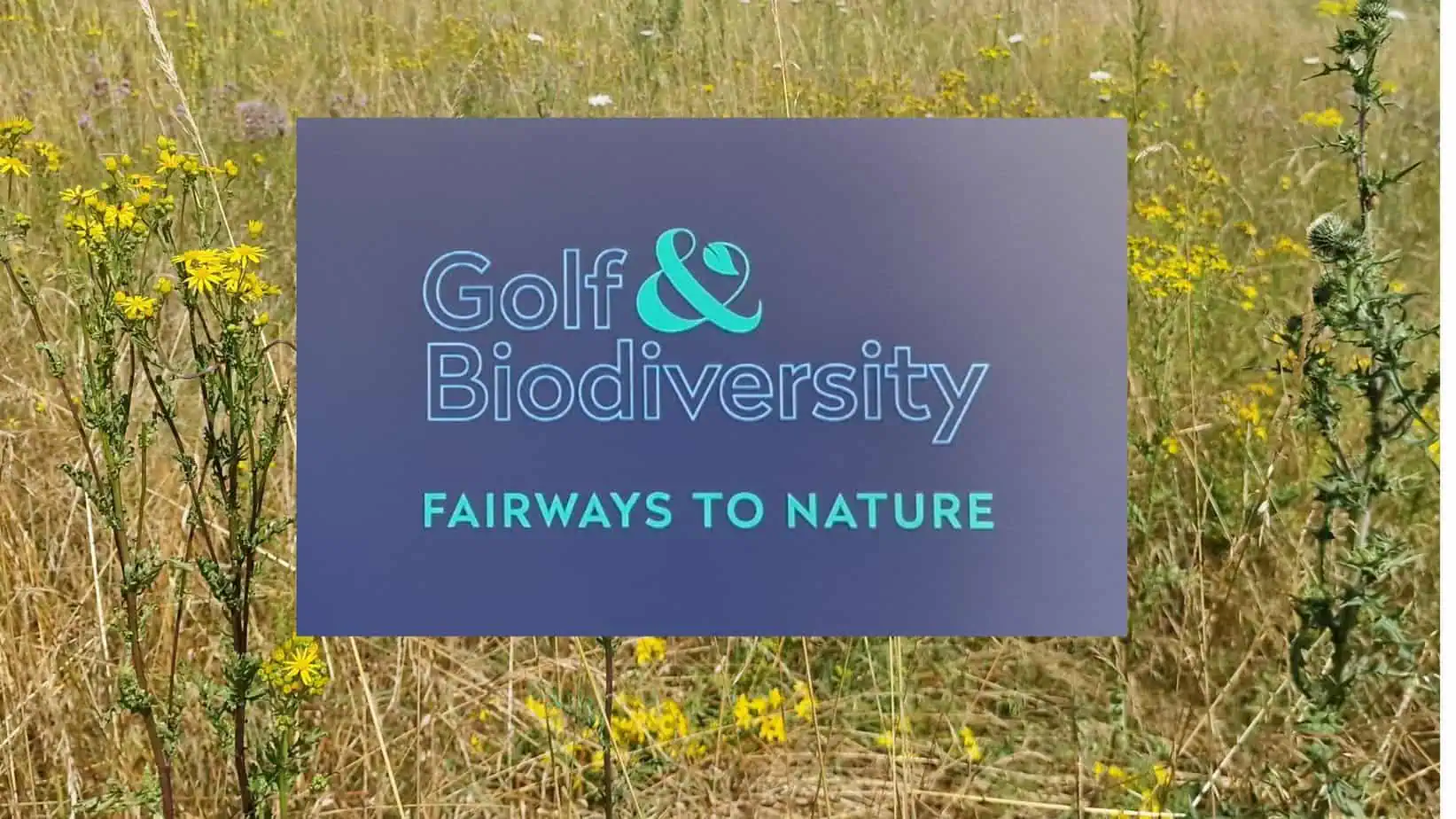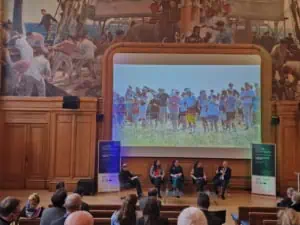Biodiversity: R&A and FFGolf symposium defines new goals
What happens when a golf association faces outside analysis regarding biodiversity? It wasn’t easy for them and it wasn’t easy for us,” says Pascal Grizot, President of the French Golf Federation, answering this question about the federation’s cooperation with the National Museum of Natural History in France. At the first biodiversity conference of the association and the R&A in Paris, it became clear that the complexity of the sustainability issue of biodiversity, which dominates golf, only becomes apparent when scientists, nature conservation organizations and data experts examine it. The golf industry, which always emphasizes that golf courses are good for biodiversity but has rarely been able to prove this scientifically, demands this.
French Golf Association sets standards
The French Golf Federation has been doing this for the past seven years. “If you want to be recognized as an institution and be credible”, certification by experts from outside the golf industry is essential, said Grizot, explaining the association’s reasons for working with the National Museum of Natural History.
Such collaborations are, therefore, not easy. According to Grizot, however, they bring about a necessary learning process on both sides. “We need credible and reliable data to make a statement about a project,” explained Laurent Poncet, Director of PatriNat, which is also involved in certifying the French facilities as part of the data collection process. 67,000 data on plants, animals and insects found in more than 16,100 habitats across the 216 participating French golf courses have been collected. According to Poncet, it is now possible to draw general conclusions about changes in the biodiversity of golf courses depending on the environment, climate or management. Ultimately, this also enables the introduction of structured habitat management on the golf course.
Subscribe to our newsletter!
News & trends about sustainability in golf
Golf courses do not automatically lead to a promotion of biodiversity. “Golf courses can be good for biodiversity,” emphasized Marie Athorn, who provides advice on golf courses in the UK on behalf of the R&A for the UK’s largest nature conservation organization, the RSPB.
Creating high-quality landscapes and natural areas is now being defined as a new goal for the golf industry. “We must preserve and restore nature through golf,” said Phil Anderton, CDO of the R&A. “This will ultimately lead to better golf.” To this end, the findings from the French Golf Federation’s work with the National Museum of Natural History will be transferred to other federations.
First project groups launched
This already began the day after the conference: representatives of numerous golf associations, universities and nature conservation organizations came together in a wide variety of workshops to formulate goals, measures and projects.
The interplay between nature and health could be particularly important for golf in the future. Doctor Andrew Murray and Alice Fouillouze from the University of Lille made it clear that not only physical but also mental health benefits from a stronger connection between people and nature.
But how do you win golfers over to the topic? Communication as the key to transformation poses challenges for the golf industry. Apart from pure communication in the club, it is generally top athletes and major events in sport that can promote the topic. Paul Armitage used the example of the golf competition at the Olympic Games in Paris, for whose organization he was jointly responsible, to explain the extent to which abandoning the familiar and turning away from previous definitions of quality can become a struggle. The pressure to deliver a sustainable event had “definitely led to a change in our behavior” among all those responsible for golf.
Golf opens up to outside assessment
At least on this day and at this conference, there was a consensus among those present about the importance of biodiversity for golf. “This is the first time we’ve brought non-golf organizations to an event like this,” said John Kemp, project manager of the R&A, who considers this a real success. Now, however, it is time to turn the findings into action. The project descriptions from Sylvianne Villaudière, Vice President of the French Golf Federation, made it easy to see how time-consuming this can be regarding detailed planning. For example, she and her team have initiated open biodiversity days on French golf courses for the first time in 2025 to better communicate nature on golf courses to golfers and non-golfers alike.
The golf industry obviously can’t relax when it comes to biodiversity. Gilles Boeuf, former president of the National Museum of Natural History, passionately and warningly corrected the auditorium’s self-assessment. “Let’s not be arrogant,” he said. If you don’t monitor your environment, you endanger yourself. “In the end, we too are mainly water and microorganisms.”









